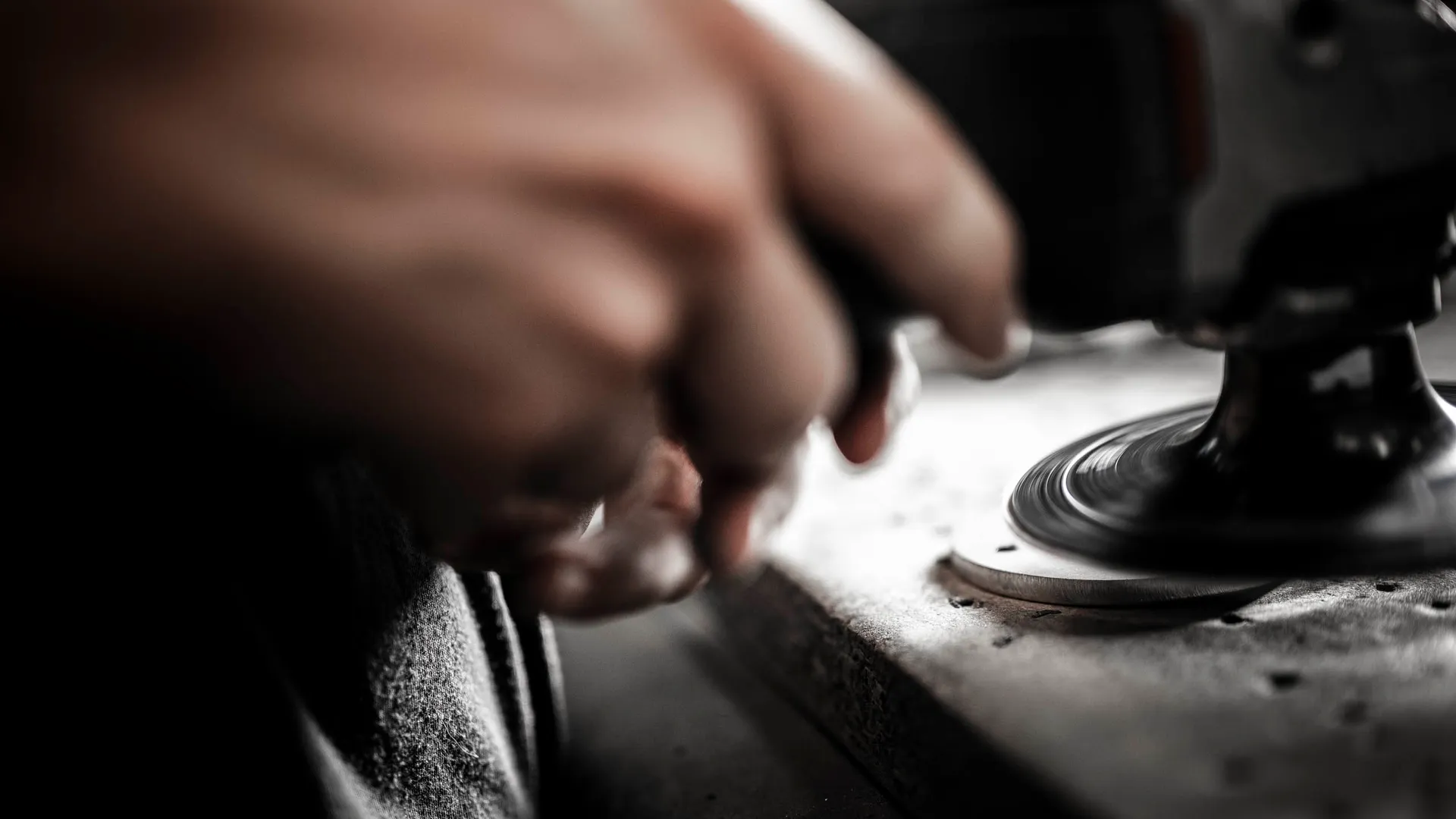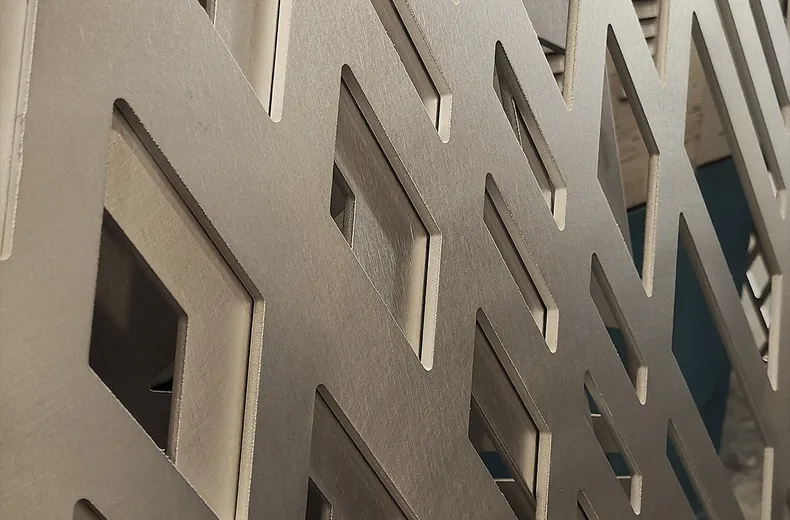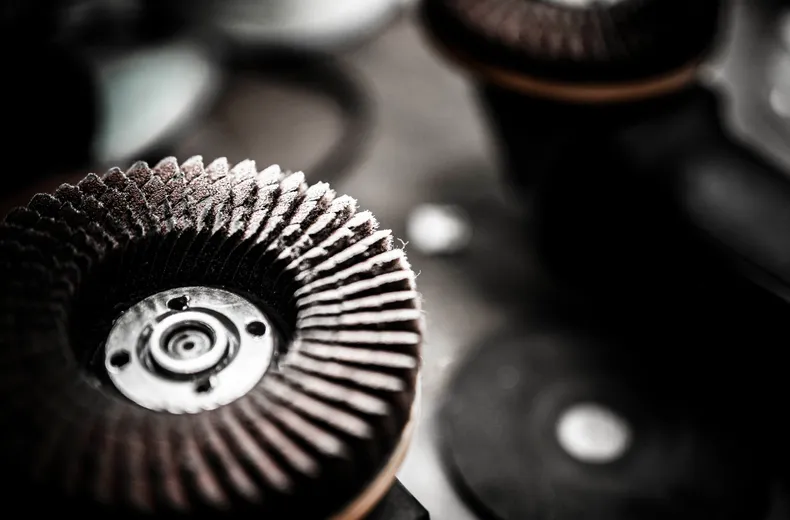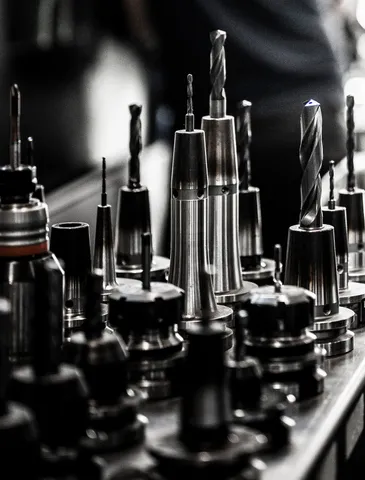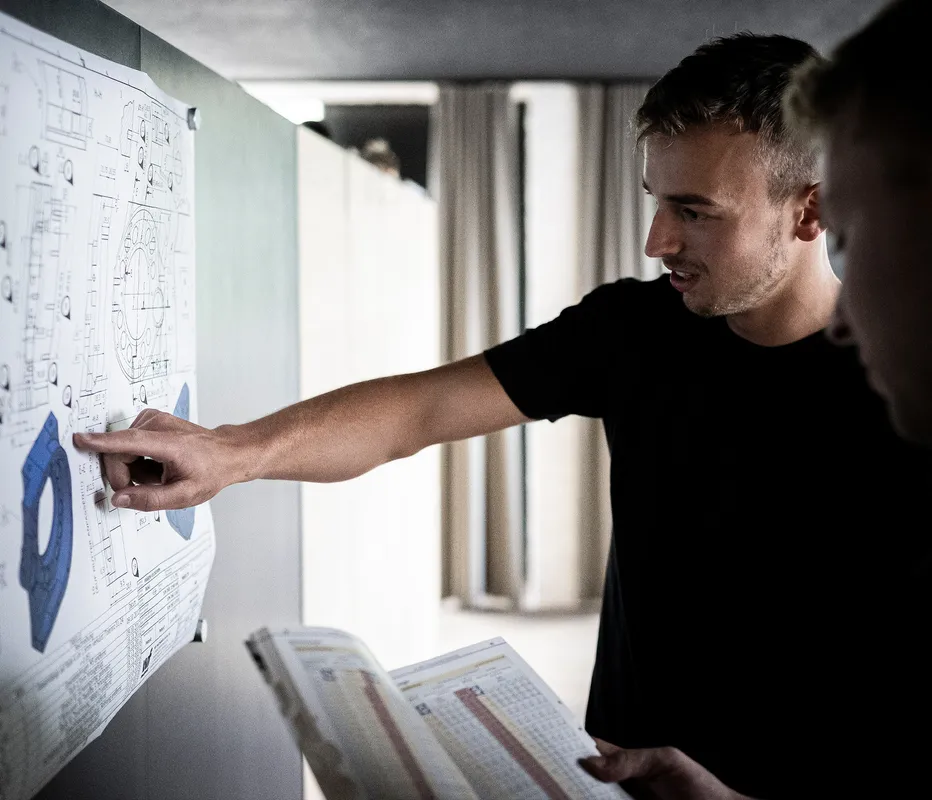Deburring & refining in series
In vibratory finishing (trowalizing), parts move with media and compound in a rotating drum for uniform treatment of all surfaces. Ideal for deburring metal, rounding edges, and producing matte textures—without manual rework, highly automated, and reproducible even in large quantities.
